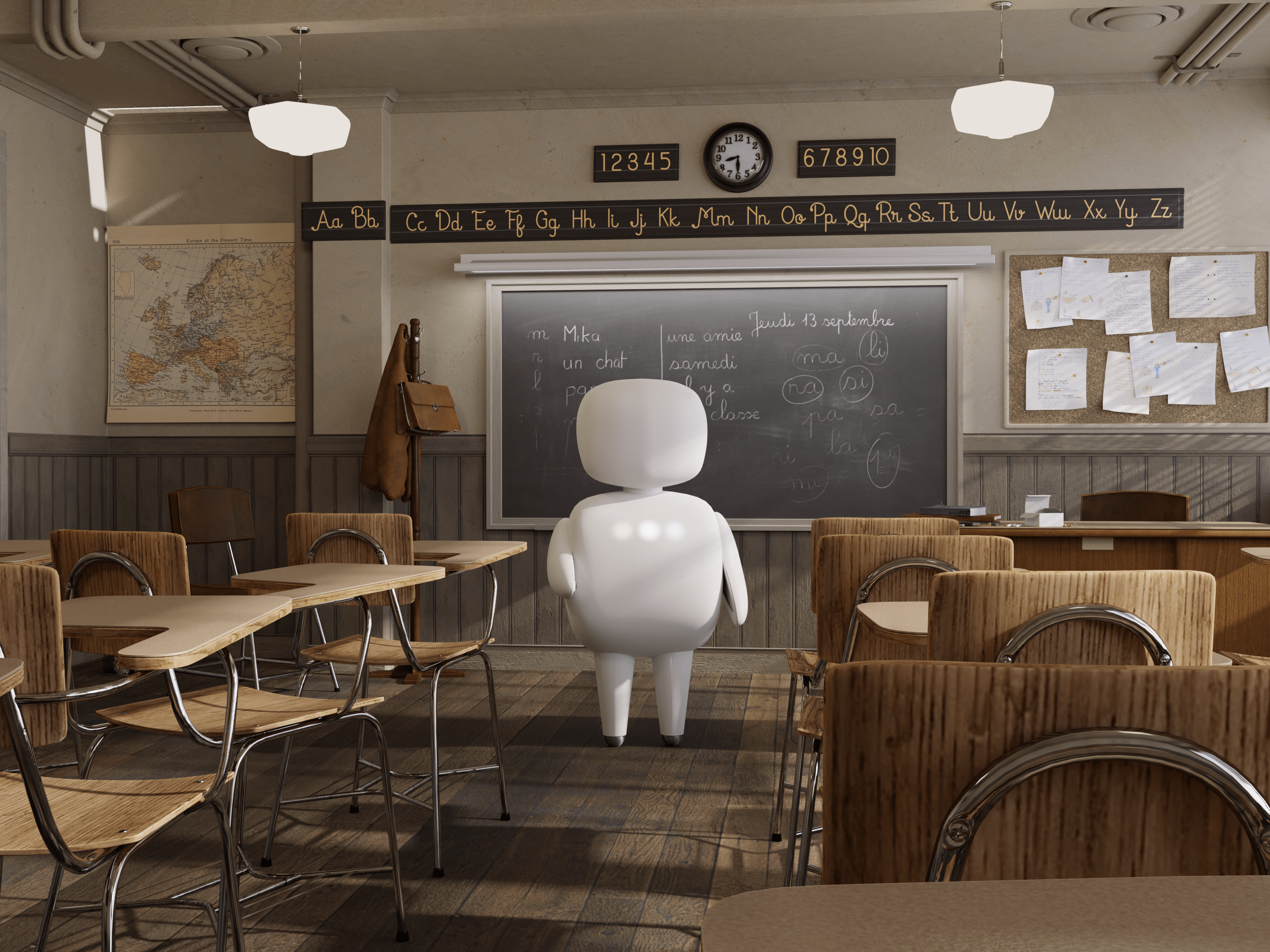responsibilities: Concept, Designsystem & Prototyping
timeframe: 2 Weeks
team: Designers, Data Scientists, Seller Mgmt., Front- & Backend Engineers
Due to NDA restrictions, all identifying details, including company logos, and other sensitive data, have been censored or omitted from this case study. The content focuses on the general processes, methodologies, and outcomes of the project without disclosing proprietary or confidential information.
AI Chatbot for Sellers
Sellers in a B2B portal often faced delays or insufficient support when encountering issues, leading to frustration, higher churn rates, and a strain on the support team. Additionally, the lack of structured data made it difficult for product teams to identify and address recurring problems.
In a two-week Hackathon sprint, we designed an AI chatbot to reduce seller inquiries by providing real-time assistance and proactive guidance. The solution also laid the groundwork for leveraging insights from user interactions to drive future product improvements.
Identifying the Problem and Objectives
Our analysis revealed two critical pain points:
• Sellers struggled with resolving common issues quickly, leading to frequent inquiries and long wait times.
• Support teams faced inefficiencies, often escalating tickets to tech teams, creating further delays and increasing operational costs.
With these challenges in mind, we scoped the project into two parts:
MVP: Provide instant, AI-driven answers to reduce inquiries and guide sellers proactively.
Extended Scope: Capture insights from user behavior to generate reports, notify tech teams of recurring issues, and inform long-term product strategies.
This approach balanced immediate impact with future scalability.
Designing the MVP
We started by mapping a happy flow, focusing on a seamless, intuitive user experience. Sellers could either type their questions or choose from preselected options for faster resolution. Initially, the chatbot was manually triggered, but we added an automated feature that prompted assistance when inactivity was detected—indicating potential confusion.
For the design, we developed a high-fidelity prototype incorporating the company’s branding, a newly designed logo (compass), and a new design system to ensure consistency. This system included reusable components, variants, and micro-interactions to enhance usability, efficiency and scalability.
Expanding the Experience
With the happy flow established, we expanded the scope to cover error flows, edge cases, and additional features:
Error Flows: Clear fallback options redirected users to support agents or created a ticket on their behalf including the whole conversation.
Feedback Mechanism: A rating system allowed sellers to evaluate their experience, providing valuable insights for refinement.
Complementary FAQ/Help Center: We proposed a searchable FAQ for common issues, offering another self-service layer to complement the chatbot.
Usability Testing and Insights
To validate the design, we conducted hallway testing with two Seller Support colleagues. Participants completed tasks such as finding answers via the chatbot and exploring the Paid Product Ads (PPA) feature.
Key Findings:
• Users appreciated concise answers but often skipped introductory text. The chatbot icon was not immediately recognized.
• Poor visibility made it difficult for users to locate the FAQ feature.
Possible Improvements:
• Redesign the chatbot icon for better recognition.
• Streamline introductory text to encourage engagement.
• Reposition and relabel the FAQ section for better discoverability.
Due to the two-week time frame and limited number of tests, these improvements are only temporary. Once the product is in production and officially launched, further testing will provide deeper insights for refinement.
Status Quo & Key Learnings
The FAQ section has been launched, providing sellers with efficient support. However, the AI-powered chatbot, with its more complex integration and resource requirements, remains in production due to its dynamic nature.
This project reinforced the importance of early and continuous end-user involvement to ensure solutions truly meet their needs.
It highlighted the value of prioritizing features based on impact and feasibility, especially under tight deadlines.
Establishing a robust design system early not only streamlined development but also ensured consistency across touchpoints.
Ultimately, the Compass exemplifies how thoughtful design and cross-functional collaboration can transform operational challenges into meaningful, scalable solutions.


